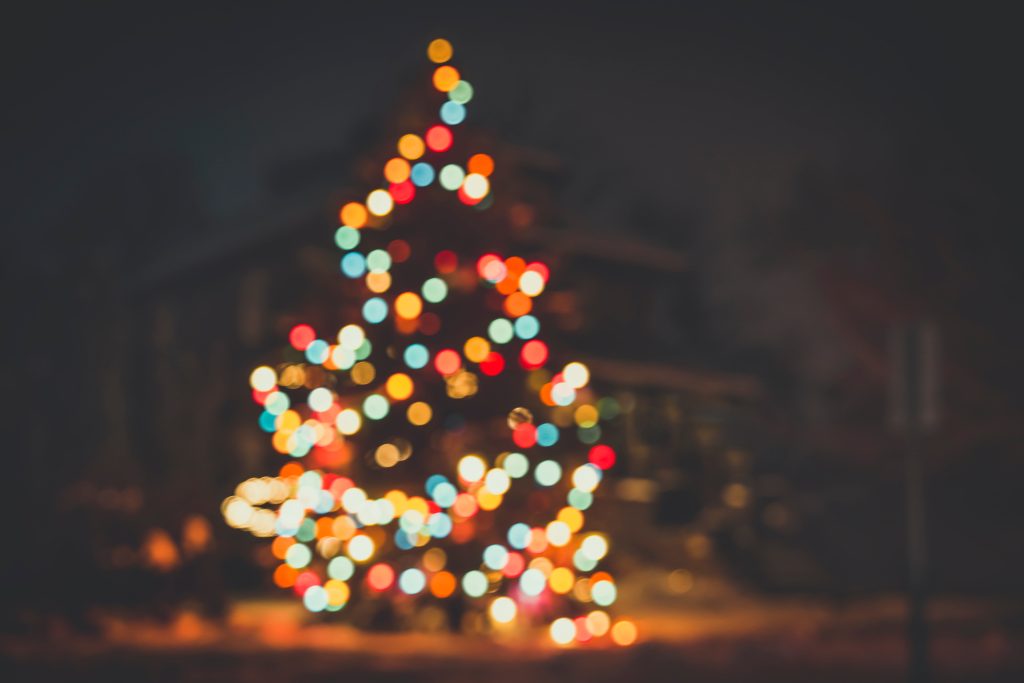
By Mimi Greenwood Knight
When it comes to your annual Christmas tree, you have options. You can go with an artificial tree. Higher-end varieties are hard to differentiate from the real thing. Most come pre-lit, and some even offer the smell of pine. I have a friend with a designated closet in her living room whose sole purpose is storing her artificial tree. She keeps it on casters, all decorated and ready to roll out for Christmas. When the holidays are over, she wheels it back into its hideaway until next year.
If artificial isn’t your thing, you can pop over to your local home store, snag a precut tree, or take the family on a festive outing to a tree farm. However, there’s one more option that’s family and enviro-friendly. Adopt a living Christmas tree you can plant in your yard when the holidays are over.
Savvy Selection
Choose a tree suited to your horticultural hardiness zone. Examine it for freshness. It should have a healthy, green appearance with flexible needles that don’t come off easily. The tree’s root ball may be burlap-wrapped, indicating it was grown in the ground and dug up for transport. Or it may have been cultivated in a container.
Perfect Placement
Since your tree is essentially a huge house plant, you’ll want to treat it as such. Position it where it will receive ample sunlight and enjoy temperatures between 65 to 85 degrees. Place it away from wood stoves, fireplaces, and heating vents which can dry it out. About once a week, or when you water your other plants, give your Christmas tree a good soak.
Planting Prep
When you’re ready to plant your tree outside, move it to the garage or porch for a week or so, to help it acclimate to the cold. Dig a hole as deep as the root ball but twice as wide. Cut the burlap or pot away from the root ball and place your tree in the hole. Refill the hole halfway with “back dirt,” which can be the soil you just removed amended with a rich potting mix and/or compost. Give it a good soaking to settle the soil. Then, fill it the rest of the way with more back dirt. Mulch around the tree’s base (not up against the trunk) to suppress weeds, conserve moisture, and avoid fluctuations in soil temperature. Water it daily, for a couple of weeks, then periodically after that, especially if there’s a lack of rain.
Now you can enjoy the spirit of Christmas all year round and offer food and shelter to birds and other wildlife while you are at it too.
Benefits of a Live Tree
- Nearly 25 million Christmas trees are sold annually in the U.S. Most wind up in landfills. Opting for a living tree reduces your family’s carbon footprint.
- There’s less mess without the constant drop of dead needles.
- You avoid fire risk when those dry needles come in contact with hot Christmas tree lights.
- There’s the heavenly smell of a fresh conifer tree in your home.
- Your living tree can become a fun new family tradition.
- If you don’t want to plant it in your yard, you can donate it to a public space in your community.









